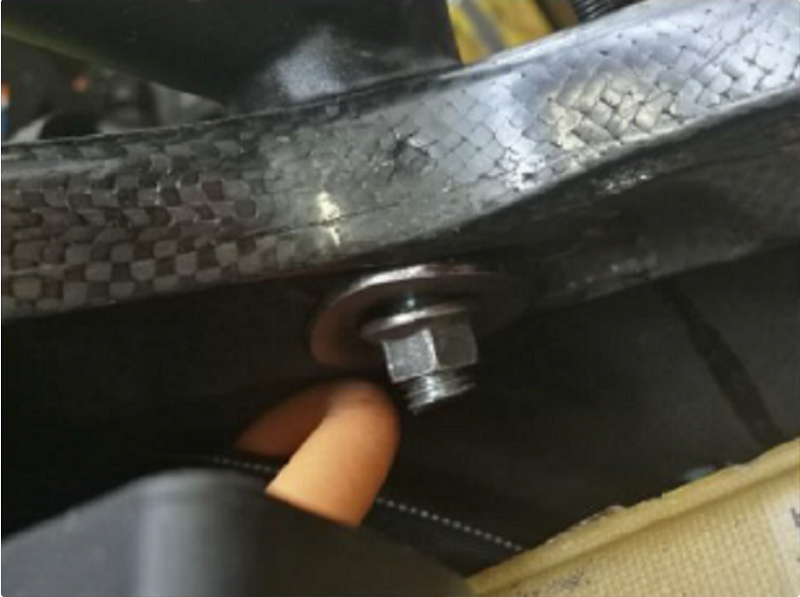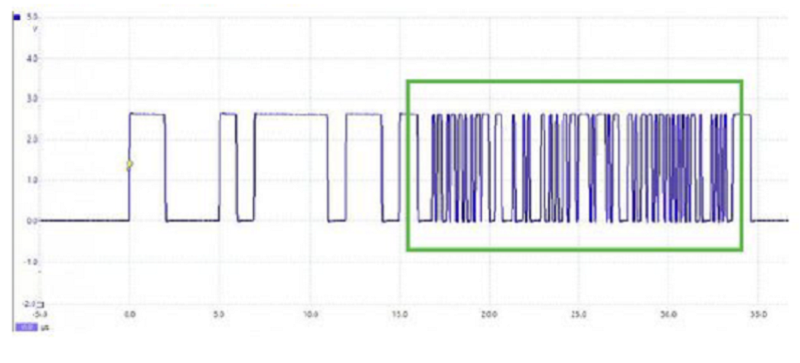FSA#FSA2020
{"name":"FSA#FSA2020", "url":"https://www.quiz-maker.com/QPREVIEW","txt":"Are you ready to test your knowledge of Formula SAE engineering and rules? This quiz covers various topics, from vehicle dynamics and design regulations to electrical systems and more!Multiple choice questionsReal-world scenariosTechnical calculations","img":"https:/images/course8.png"}
More Quizzes
FSG#005_DONE 01.12.2020
15815
Registration Test - Saturday 18/01/2020
15827
Secret Santa Clue Sheet
10517
TEST WIEDZY O ZABURZENIACH PSYCHICZNYCH
1050
Am I Being Love Bombed? Free - Spot the Signs
201017053
Kesha or Taylor Swift - Which Pop Icon Are You?
201018586
Match Network Media to Situations - Free Practice
201015983
Anesthesia Technician Exam Questions & Answers - Free
201020882
What Caste Am I? Take the Free Hindu Varna
201017306
Which Group of Words Creates Mood in the Passage? Free
201021211
Tasty Tester Chapter 8 - Free Knowledge Check
201020164
Should I Drop Out of Grad School? Free Self-Assessment
201016635




